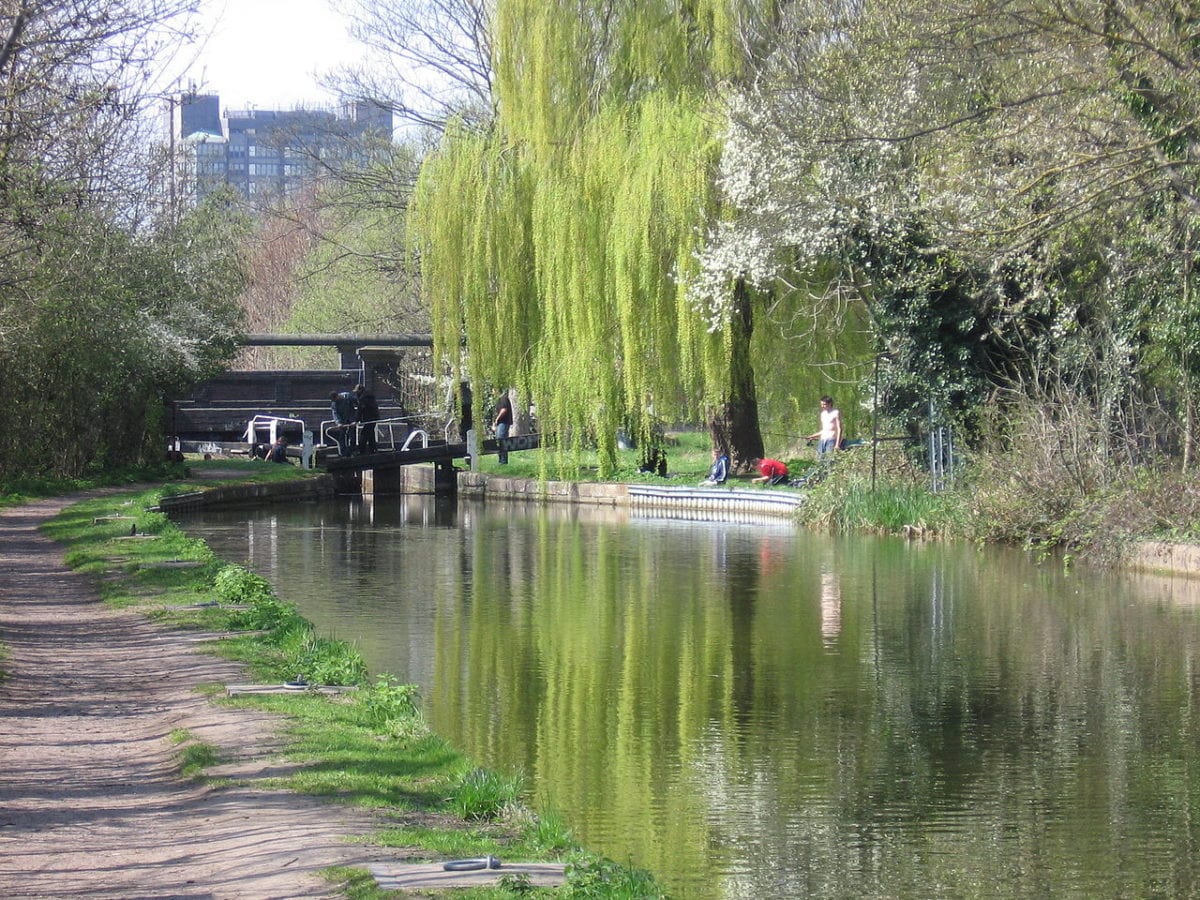‘If you seek his monument, look around you.’ The epithet to Christopher Wren in St Paul’s Cathedral could apply just as well in Buckingham and the county of Buckinghamshire to Sir George Gilbert Scott, the leading architect of Gothic revivalism.
His best-known works nationally include the Midland Grand Hotel at St Pancras station, the Foreign and Commonwealth Office, the Albert Memorial and the main building of Glasgow University, while he also worked on restorations at Ely Cathedral and Westminster Abbey, among others.
Scott’s reputation as ‘King of the Goths’ has been the subject of fierce debate – even before he died, his restorations of medieval churches attracted widespread criticism from William Morris and others – but you can still see some of his lesser-known work in and around Buckingham.
Scott was born in the parsonage at Gawcott, a small village just outside Buckingham, and had the instructive experience of watching his father wrestle with the redesign of the village church. However, his early projects in partnership with William Moffat – who, according to Ed Grimsdale, ‘quickly became unnaturally hairy, dissolute and lazy’ – focused on the need for new workhouses, following the Poor Laws of 1832 and 1834.
All that remains of the Buckingham workhouse is one entrance pillar and part of a stone boundary wall behind the houses lining Addington Road. You can see more substantial examples of Scott’s work in Buckingham at the Old Gaol, where he oversaw its enlargement (1839–40), the Chantry Chapel, whose second restoration he directed, and repairs and extensions to St Peter and St Paul Church. Sadly, Scott died before the completion of the latter two projects.
For more of Scott’s work, try St Mary’s Church in Aylesbury, the Church of St Mary the Virgin in Padbury and the workhouse at Amersham, now a hospital. (Helen has a personal interest in this last example, as she was born there and occasionally tells friends and colleagues she was ‘born in the workhouse’!)
Check out the Chilterns & the Thames Valley Slow Travel Guide for more information on local architecture:

